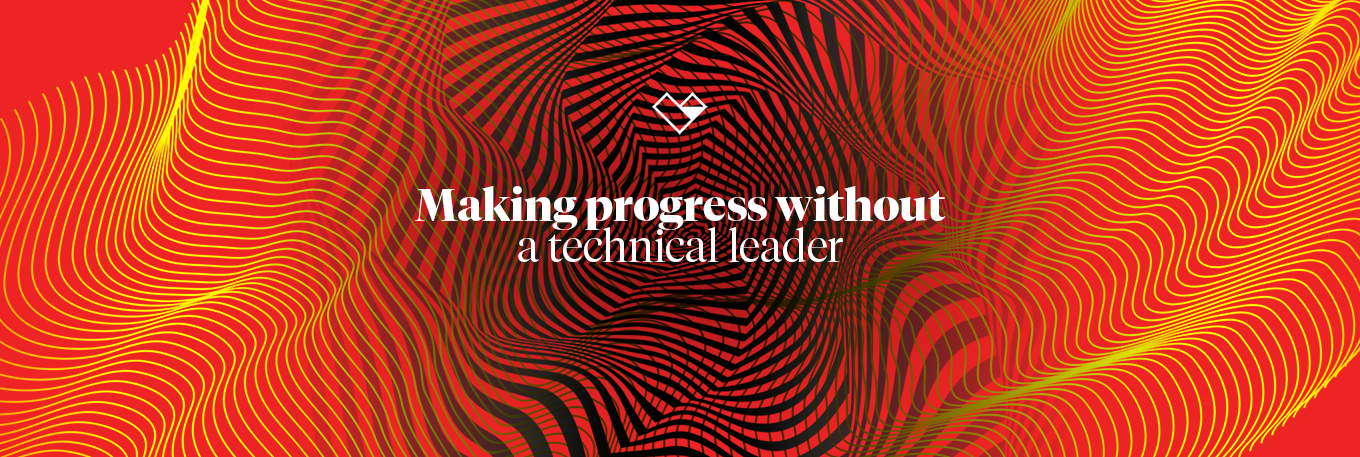
Making progress without a technical leader
Startups without a technical co-founder can still build great products, but only if they avoid the usual traps of overengineering, needless infrastructure, and late developer involvement.

Startups without a technical co-founder can still build great products, but only if they avoid the usual traps of overengineering, needless infrastructure, and late developer involvement.

Should engineers fear messy AI code or embrace it as a tool for fast product validation? This story reveals why your cleanest code might not be your most valuable contribution. Why founders will use AI generated code more and more for MVPs and prototyping and why engineers should embrace this.

Many SaaS startups over-engineer their architecture with microservices. Here's why that's usually a costly mistake—and what to do instead.

Everyone breaks production eventually. This guide walks through how to take responsibility, communicate with your team, and make real improvements after something goes wrong. A must-watch for engineering managers and developers.

Selling bespoke features to customers might seem profitable, but it changes your SaaS business model. Instead of a scalable product, you become a service provider, stuck maintaining one-off features. Learn why this approach is risky and how to build for long-term success.

The best products aren’t built by obsessing over pixels but by delivering real value. Without a clear UI framework, teams drown in design tweaks instead of shipping features.

Key Person Risk (KPR) arises when a team relies too heavily on one specialist. To reduce this, shift their role to an advisor. The specialist guides, others do the work. It’s slow at first, but builds team knowledge, confidence, and better documentation.

A fractional CTO can transform a company by addressing urgent technical issues while developing a long-term strategy. Beyond firefighting, a fractional CTO focuses on building a sustainable, self-sufficient team that can thrive independently after their involvement ends. This is how to get started.

Reflecting on work through retrospectives helps software teams improve by identifying what went well and what didn’t. This promotes continuous growth, stronger collaboration, and better performance. Creating action plans from these insights leads to higher-quality results and a more cohesive team.